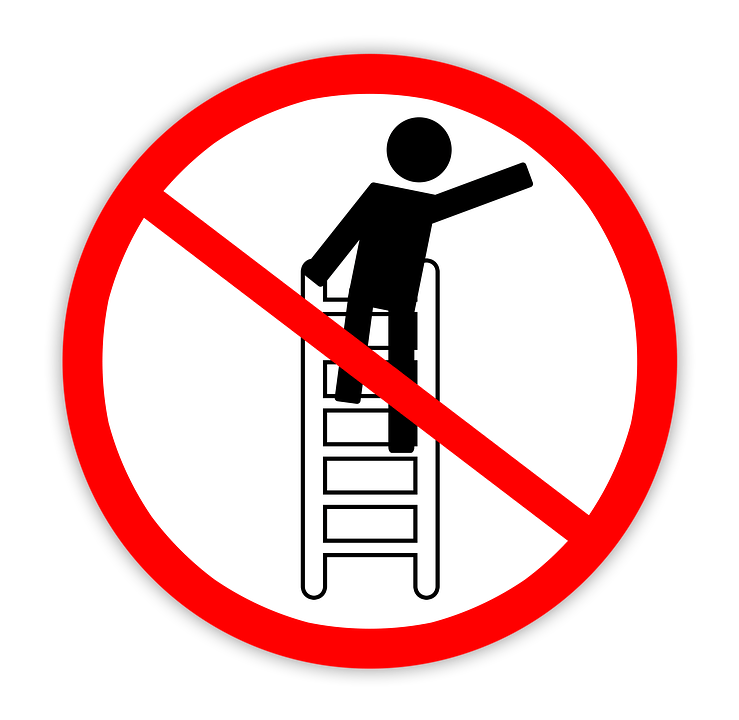Behaviour-Based Safety Within Construction
While construction is very much a hands-on and physical job, mentality and personality are also huge traits that need to be considered within the construction industry. The trade requires people of all ages, backgrounds and experience levels to co-operate and communicate, which can be tricky.

The wrong kind of behaviour on a construction site can be dangerous and lead to accidents and potentially fatal injuries. Because of this, behavioural psychology is often used by site managers to identify and minimise any potential risks.
If you’re unsure of what behaviour-based safety is or how you can utilise it to keep your staff safe, we have all the information you need right here.
What is behaviour-based safety?
Behaviour-based safety involves managing the changeable behaviours workers have on site to help create a physically and mentally safer working environment. The behaviours that need to be changed could be as simple as an employee failing to put away their tools and equipment after they’ve used them, causing a tripping hazard, to something much more complex, such as an employee becoming aggressive when being reproached. Both examples have the potential to cause harm to others.
It is thought that as many as 80% of on-site injuries are caused by changeable behaviours, so behaviour-based safety should be a key component of any construction team’s health and safety plan.
Implementing behaviour-based safety
Implementing behaviour-based safety techniques into your workplace is fairly straightforward, and you can begin to take action today. To help you get to grips with the basics and learn the best method of dealing with changeable behaviours, try following our five step process below.
1. Review your incident records
The first step to implementing behaviour-based safety is to review your accident records and see where you are having the most issues. This allows you to identify where you need to focus your efforts. Reviewing your data allows you to identify whether you have a company-wide issue to rectify or whether most of your accidents are being logged by the same crew.
2. Know your ABCs
That’s Activators, Behaviours and Consequences. The activator is the trigger for the behaviour, which can be a negative response that you would like to change. You can also implement your own activators to see the behavioural change that you want to happen. After the behavioural change, you will need to look at the consequences of the action. These can either be positive or negative, depending on whether your staff responded to the activator appropriately.

3. Learn positive and negative reinforcement to increase behaviour
Positive reinforcement involves rewarding someone for their behaviour. By doing so, you are encouraging the individual to continue with that behavioural pattern in the hopes of receiving further rewards. An example of how you could make this work for you is to offer a company wide incentive for things like reporting hazards to supervisors.
Negative reinforcement is used to discourage people from certain behaviours, and is normally based on a desire to avoid something – usually a form of punishment such as a disciplinary meeting. When it comes to health and safety, you can use the desire to avoid injury as your negative reinforcement. By constantly reminding your staff that they are leaving themselves vulnerable by failing to wear hard hats, for example, your staff will be more likely to comply.
It is important to keep in mind, however, that negative reinforcement doesn’t work for every personality type. In fact, for some personality types, negative reinforcement will have the exact opposite desired effect so keep an eye out for the individuals resisting compliance – it may be that you will need to issue punishments for these people.

4. Use punishment and extinction to decrease behaviour
If undesired behaviour is taking place in your workplace, punishment and extinction are the best tools to put an end to the behaviour. Suspension, for example, is an effective form of punishment for someone who is time and time again refusing to wear the correct safety gear.
Extinction simply means to withdraw all positive reinforcement. To do this, the individual’s performance is completely ignored. This is not a widely used technique as it can lead to staff apathy, which has a knock-on effect for motivation and quality of work. Punishment, and in particular extinction, should be used as very last resorts and reinforcement should be trialed several times before you think about adopting these measures.
5. Trickle down behaviour
Finally, remember the importance of your management team when it comes to setting an example. Your first step should be to make sure all members of management are fully compliant with health and safety conduct and use positive and negative reinforcement to correct behaviour here first. After you have rolled out behaviour-based safety to your supervisors, they can begin trickling down behaviour to your other staff.
Hitchcock & King are a leading supplier of high quality and affordable building materials and timber. We have eight branches throughout London and a flexible fleet of vehicles to carry out our fast, reliable delivery service. Get in contact today to find out more.


